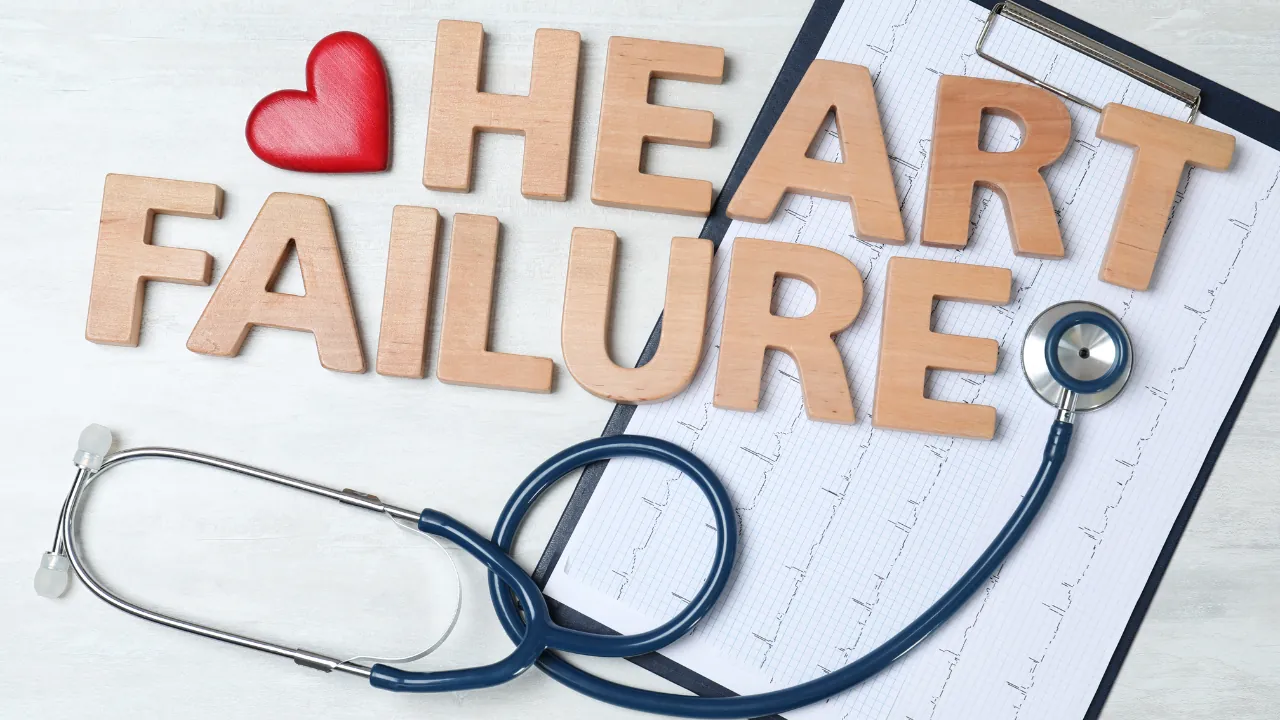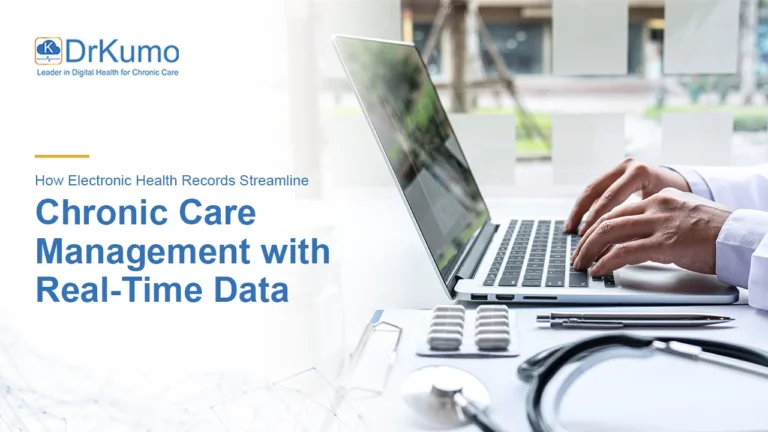Do you ever feel short of breath after climbing a few stairs? Perhaps your ankles seem constantly swollen. These could be signs of congestive heart failure (CHF), a condition that affects millions of people worldwide. While CHF can’t be cured, managing it effectively is crucial to living a long and fulfilling life.
This is where exciting advancements in medical technology come in. Remote Patient Monitoring (RPM) is changing the way we approach CHF management. Imagine being able to monitor your heart health from the comfort of your own home! If you’re a healthcare provider, you can monitor your patients from your clinic!
This blog will explore how RPM empowers patients with CHF, improves communication with healthcare providers, and ultimately, fosters a better quality of life.
What is Remote Patient Monitoring (RPM)?
RPM utilizes a variety of digital tools to collect health data remotely. These tools can include:
- Wireless weight scales: Tracks weight fluctuations, which can signal fluid buildup, a common concern in CHF.
- Automated blood pressure cuffs: Monitors blood pressure readings regularly, helping to ensure they stay within a healthy range.
- Pulse oximeters: Measures blood oxygen levels, which can be important for identifying potential breathing difficulties.
- Other specialized devices: Depending on your specific needs, RPM programs may incorporate additional tools like glucose monitors or activity trackers.
These devices typically connect wirelessly to a secure online portal. The collected data is then transmitted to your healthcare provider, who can review it remotely and track any changes in your health.
How Can RPM Help Manage Chronic Heart Failure?
Congestive heart failure requires close monitoring to track changes in your condition and identify potential complications early on. Traditionally, this would involve frequent visits to your doctor’s office. However, RPM offers a more convenient and efficient approach.
Chronic heart failure can be unpredictable, with symptoms sometimes worsening subtly over time. This is where the continuous monitoring capabilities of RPM shine. Here are some key ways RPM can empower you to manage your CHF more effectively:
- Early Detection of Worsening Symptoms: By regularly monitoring weight, blood pressure, and other vital signs, RPM can detect even small changes that might indicate a potential flare-up. This allows your healthcare provider to intervene early, potentially preventing a more serious health crisis.
- Improved Self-Management: RPM programs often come with educational resources and medication reminders. This can empower you to take a more active role in managing your CHF by understanding your condition better and adhering to your treatment plan more consistently.
- Enhanced Communication and Care Coordination: With RPM, your healthcare provider has a constant stream of data to monitor your health. This allows them to identify any trends or concerns and proactively adjust your treatment plan if needed. It also facilitates better communication between you and your doctor, as you can easily report any changes in your symptoms.
- Potential for Reduced Hospital Readmissions and Improved Quality of Life: Early detection and proactive management of worsening CHF can significantly decrease the risk of needing hospitalization. Additionally, the convenience and empowerment that RPM provides can contribute to a better overall quality of life for patients with CHF.
Strong Evidence for RPM’s Effectiveness
Adding to the benefits mentioned earlier, research strongly supports RPM’s positive impact on chronic heart failure (CHF) management. A key study published in 2022 showed a significant reduction in heart-related deaths and hospital stays for CHF patients using a combination of RPM and consultations. This highlights RPM’s potential to not only improve quality of life but also to extend it.
Studies have also shown that RPM can significantly decrease hospital readmission rates for CHF patients within the first month compared to traditional care. This suggests RPM’s ability to identify potential complications early, preventing the need for hospitalization.
While distinct from empowering patients through education and reminders, some studies suggest a potential decrease in mortality rates for CHF patients on RPM. This and other studies reinforces RPM’s contribution to long-term health outcomes.
Challenges and Considerations for RPM in CHF Management
While RPM offers significant advantages for managing congestive heart failure, it’s important to acknowledge some potential challenges and considerations:
| Challenge | Potential Solution |
|---|---|
| Cost: Implementing and maintaining RPM programs can involve upfront costs for equipment, software, and staff training. |
|
| Technological Literacy: Not all patients may be comfortable or familiar with using the necessary devices and navigating online platforms. |
|
| Data Security and Privacy: Ensuring the security of sensitive health data transmitted through RPM systems is crucial to protect patient privacy. |
|
Taking Control of Your Heart Health: How DrKumo Can Help both Patients and Healthcare Providers
This article has explored the benefits of RPM for managing CHF. Whether you’re a patient or a healthcare provider, DrKumo offers solutions to empower you in this journey.
For Patients
If you’re living with CHF, RPM can be a game-changer. Imagine monitoring your vitals from the comfort of your home, with data seamlessly transmitted to your doctor. DrKumo’s user-friendly devices and secure platform make this a reality. Early detection of potential complications allows for proactive interventions, potentially reducing hospital readmissions and improving your overall well-being. Visit DrKumo.com to explore how RPM can empower you to manage your CHF more effectively.
For Providers
Providing optimal care for CHF patients can be challenging. But DrKumo’s RPM solutions makes it a lot easier by delivering real-time patient biometric health data directly to your fingertips. Our HIPAA-compliant platform allows you to monitor trends, identify concerns early, and adjust treatment plans accordingly. This translates to better patient outcomes and a more efficient workflow for your practice. Learn more about DrKumo’s RPM solutions and see how they can enhance your care for CHF patients at DrKumo.com.
Takeaways
Congestive heart failure requires ongoing management, but you don’t have to go it alone. RPM offers a powerful tool for both patients and healthcare providers. For patients, RPM empowers you to take control of your health and potentially improve your quality of life. For doctors, RPM provides real-time data and insights to optimize patient care.
If you’re ready to explore the benefits of RPM for congestive heart failure management, contact DrKumo.com and see how we can help you on this journey.








